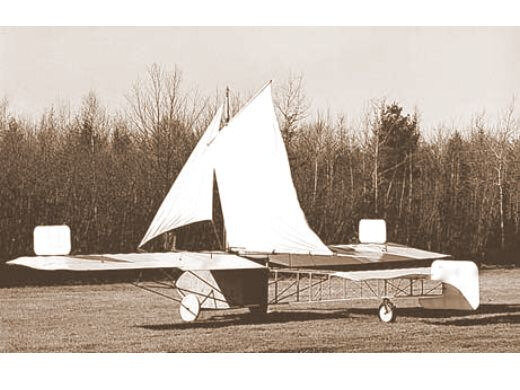Domenjoz was an odd one, and there's all sorts of misinformation about him out there on the web. I've found his surname spelled at least four different ways, and of course he was not, as many contemporary newspaper accounts claimed, the first pilot to loop-the-loop in North America. He did circle the Statue of Liberty, though, and toured internationally. His Blériot XI is at the Smithsonian's Udvar-Hazy in Virginia.
He said that he grew up sailing on Lake Geneva and he definitely was one of the earliest - as in well pre-WWI - barnstormers. He was also an instructor at Blériot's flight school in Pau, hence the very Blériot-influenced fuselage on the sailing glider. So he should have known that the thing would not work, yet he and a partner took out patents for it in both France (as posted in part above) and England, and he later took out a U.S. patent in his name alone (also posted in part above - thanks!). There are at least two extant pieces of film footage of Domenjoz "flying" it at Old Orchard Beach (OOB), Maine, United States in 1929, but in both instances the aircraft was being towed by a car. One piece of film shows it airborne with sails rigged; in the other it's just the glider aloft, with no masts, let alone sails. OOB at the time had a very long stretch of hard-packed sand, like Daytona Beach (Florida), and because of that coupled with how far east it is, there were many transatlantic flight attempts from there in the late 20s.
I tried to find previous references to OOB on this forum & didn't see much, but apologies if I'm repeating known info.
If you ever want to see the actual Domenjoz sailing glider (or "gloop", for "glider" + "sloop", as it was nicknamed at the time), it survives, still in Maine, on static display at owlshead.org. It has been fully restored and really is a beautiful oddity. You should see the cockpit - you'd need four arms and a trained monkey to work all the controls. I have a lot more info on it and Domenjoz himself, but won't bore you unless there's interest.


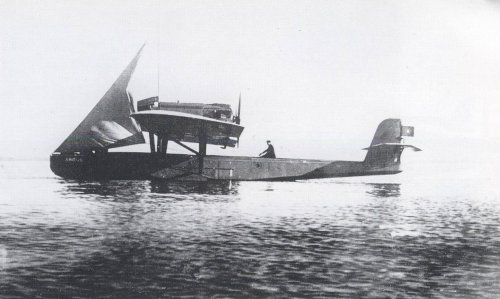
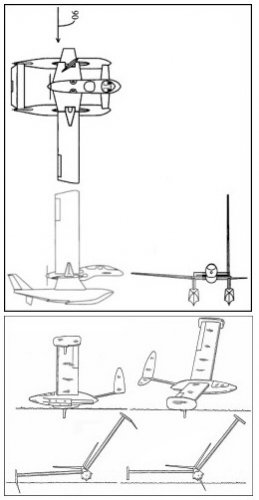
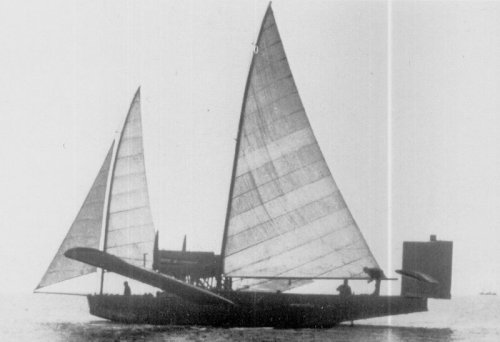
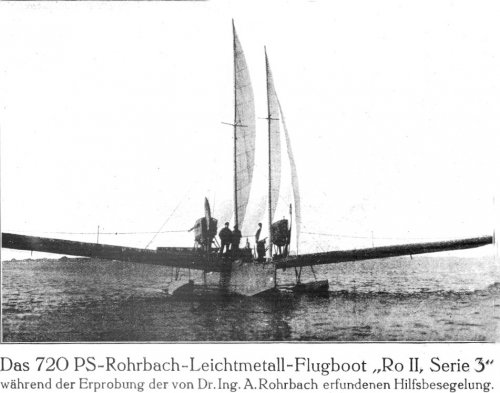
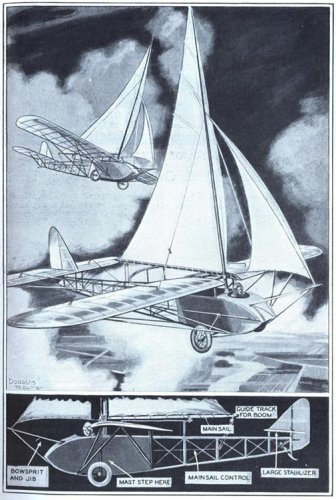
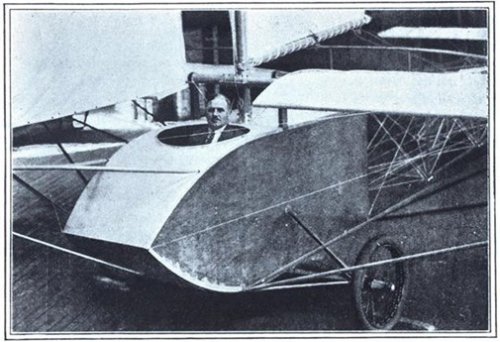
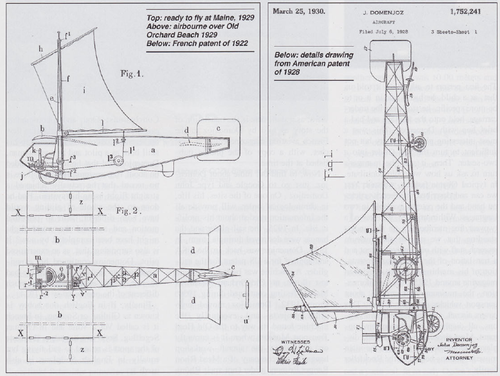
![Les_Ailes___journal_hebdomadaire_[...]_bpt6k6568231s_1.jpeg](/data/attachments/191/191787-fdc563b57db2c055ffde993f2af4b7be.jpg)
